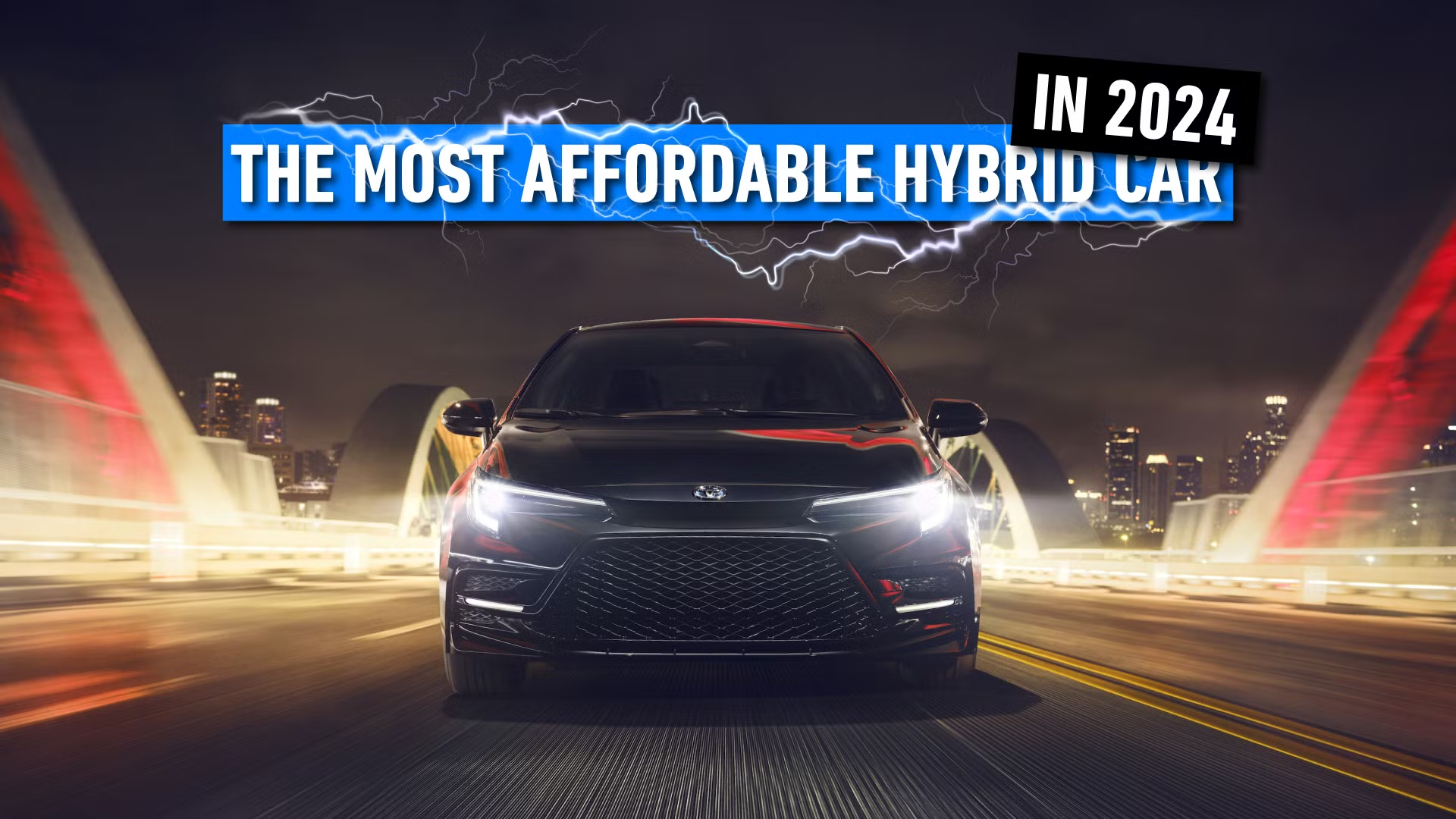Flying cars have been a staple of science fiction for decades—those sleek, futuristic vehicles soaring above busy city streets, turning traffic jams into a thing of the past. But how close are we really to seeing flying cars become part of our everyday lives? The short answer: closer than you might imagine. Advances in technology, shifting regulations, and growing interest from both startups and major companies are pushing flying cars from fantasy toward reality. Let’s take a deep dive into where flying cars stand today and what’s holding them back.
The Technology Behind Flying Cars
Flying cars, often called VTOLs (Vertical Take-Off and Landing vehicles), blend elements of drones, helicopters, and traditional cars. They typically use electric or hybrid propulsion systems with multiple rotors or propellers, allowing them to take off vertically, hover, and cruise through the air.
Key Innovations Driving Progress
- Electric Propulsion: Batteries and electric motors have improved dramatically, making quieter, cleaner, and more efficient flight possible.
- Autonomous Flight Systems: Advances in AI and sensors help with navigation, obstacle detection, and safe landings, reducing the need for pilot expertise.
- Lightweight Materials: Carbon fiber and other composites keep vehicles light yet strong, essential for flight performance.
Major Players and Projects
Several companies are racing to bring flying cars to market:
- Terrafugia Transition: One of the first “roadable aircraft,” capable of driving on roads and flying short distances.
- Joby Aviation: Focused on electric air taxis with quiet, fast vertical takeoff.
- Vertical Aerospace: Developing passenger drones designed for urban air mobility.
- Hyundai Urban Air Mobility: Investing heavily in air taxis and flying car prototypes.
Regulatory and Safety Challenges
Flying cars pose unique regulatory questions. Air traffic control, safety standards, pilot licensing, and noise regulations need to be adapted for widespread use. Governments and aviation authorities are working on frameworks, but full integration will take time.
Infrastructure: The Missing Piece
For flying cars to become practical, cities need “vertiports”—designated takeoff and landing spots equipped with charging stations and maintenance facilities. Urban planning and investment will be crucial to support flying car networks.
When Could Flying Cars Become Common?
Experts predict that flying cars or air taxis might be commercially available in limited forms within the next 5-10 years, primarily for short urban routes. Widespread personal ownership, like traditional cars, will likely take longer due to cost, regulations, and infrastructure needs.
Pros and Cons of Flying Cars
Pros: Reduced traffic congestion, faster commutes, lower emissions (with electric models), and new possibilities for urban design.
Cons: High costs, safety concerns, noise pollution, and potential air traffic complexity.
Conclusion: The Sky Is Opening Up
Flying cars are no longer just a dream. Thanks to rapid technological advances and growing industry momentum, they are edging closer to becoming part of our daily commute—at least for some of us. While hurdles remain, the blend of innovation, investment, and regulatory progress suggests the era of flying cars might arrive sooner than expected.
FAQs
1. Are flying cars safe to use? Safety is a top priority, and ongoing testing aims to meet stringent aviation standards before public use.
2. Will flying cars be affordable? Initially, they will be expensive, but costs may decrease with mass production and technological improvements.
3. How long can flying cars fly? Current prototypes can fly between 20-60 miles on a single charge or fuel tank.
4. Do flying cars require pilots? Many will offer autonomous or semi-autonomous controls to simplify operation.
5. Will flying cars replace traditional cars? They will likely complement, not replace, traditional vehicles, especially for urban air travel.




